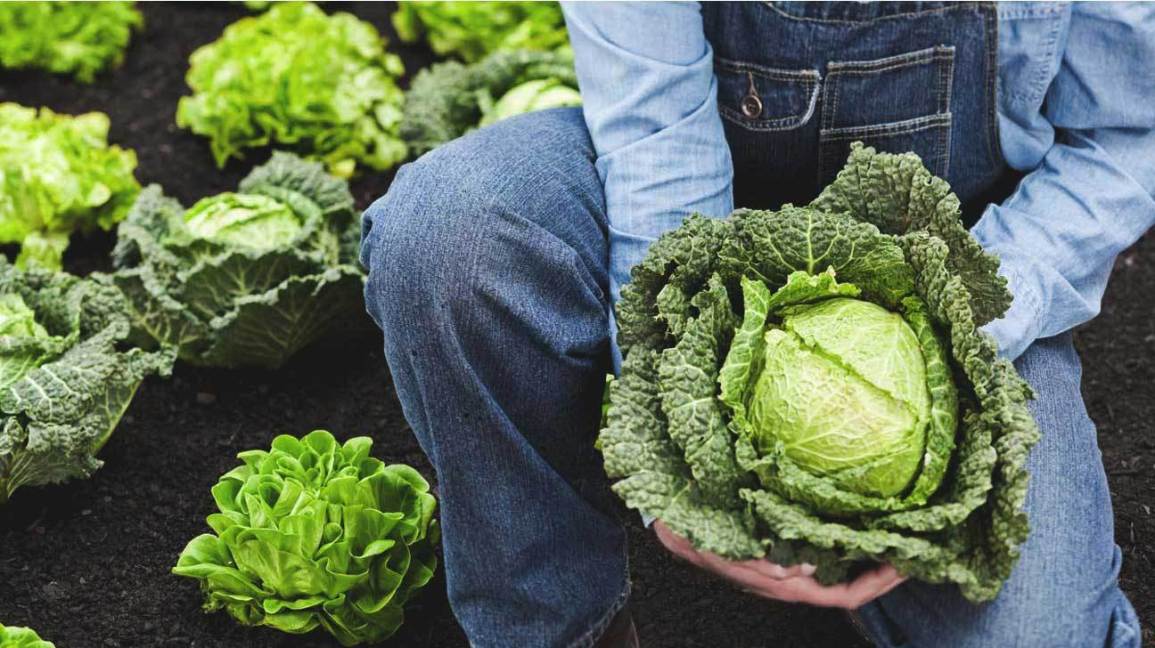#health #cabbage
“Cabbage is grown around the world, it comes in lots of shapes and colors, including red, purple, white and green do not overlook it in your eating plan” — Paul Ebeling
This vegetable has been grown around the world for thousands of years and can be found in a variety of dishes, including sauerkraut, kimchi and coleslaw.
Plus, cabbage is loaded with vitamins and minerals, and contains powerful pigments called anthocyanins, which have been shown to reduce the risk of heart disease.
Red cabbage contains powerful compounds called anthocyanins. They give this delicious vegetable its vibrant purple color.
Anthocyanins are plant pigments that belong to the flavonoid family.
Many studies have found a link between eating foods rich in this pigment and a reduced risk of heart disease.
In a study researchers found that those with a higher intake of anthocyanin-rich foods had a much lower risk of a heart attack.
Another analysis of 13 observational studies that included 344,488 people had similar findings. It found that increasing flavonoid intake by 10 mg per day was associated with a 5% lower risk of heart disease.
Increasing your intake of dietary anthocyanins has also been shown to reduce blood pressure and the risk of coronary artery disease .
Inflammation is known to play a major role in the development of heart disease, and anthocyanins’ protective effect against it is likely due to their anti-inflammatory qualities.
Cabbage contains more than 36 different kinds of potent anthocyanins, making it an excellent choice for heart health, I eat red cabbage daily.

The Bottom Line: Cabbage is an exceptionally healthy food!
Eat healthy, Be healthy, Live lively









